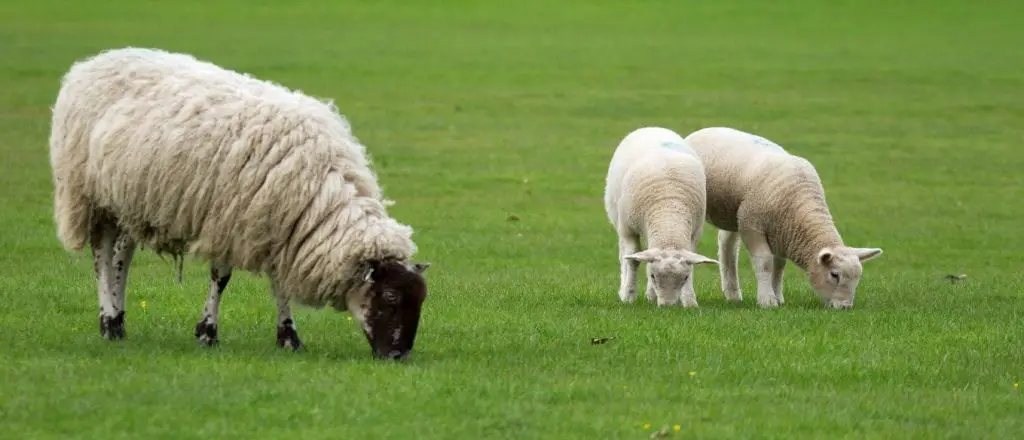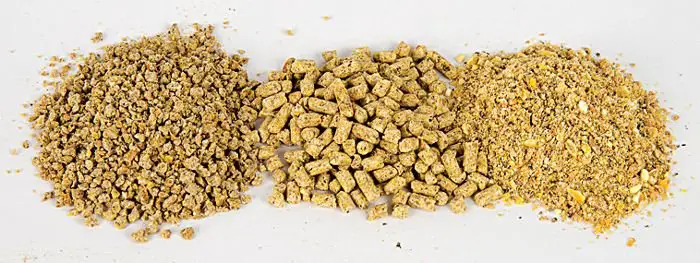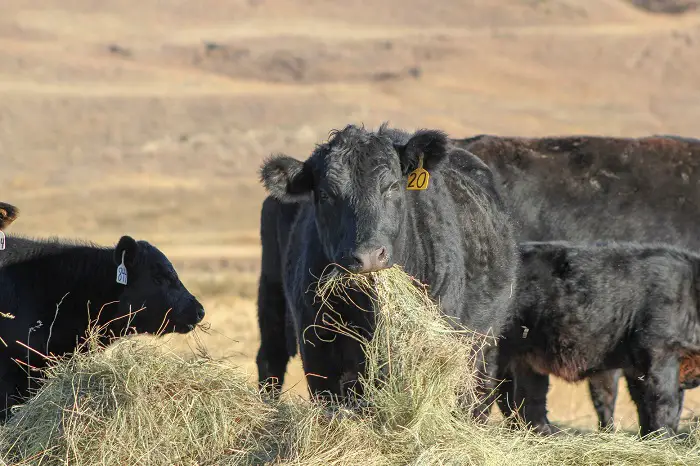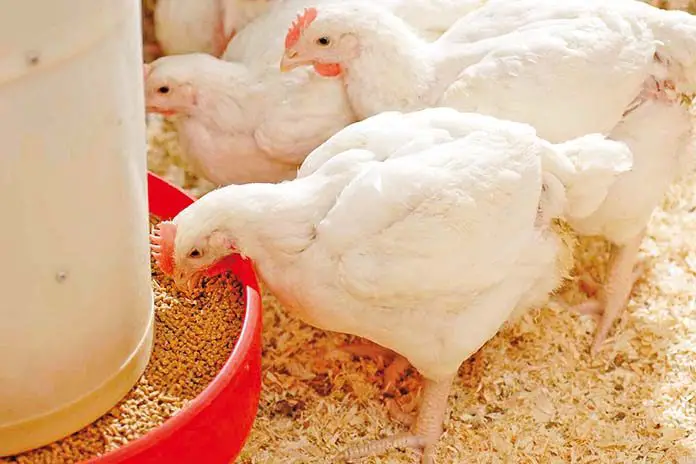Whether you are keeping sheep for self-sustenance or commercial reasons, rotational grazing is a must. This is because it protects your sheep’s pastures whilst also helping to improve the soil. The article below clearly explains the concept of rotational grazing and how many sheep per acre you should keep if you are practicing rotational grazing.
Contents
What Is Rotational Grazing?
Rotational grazing is a practice or system in which livestock is moved to portions of pasture normally referred to as paddocks. Only one paddock is grazed at a time by the livestock’s while other paddocks rest. This helps improve soil, plant and animal health.
Sheep Per Acre For Rotational Grazing
The number of sheep per acre for rotational grazing is dependent on a number of factors. Firstly you need to consider the climatic conditions in your area and how much grass each paddock is able to produce. Generally one acre is able to produce enough forage for to sustain 2 sheep all year round. However, if you are someone who is practicing rotational grazing you can easily keep 8 to 10 sheep per acre for rotational grazing but, you need to provide your sheep with extra roughage like hay so that they can remain healthy.
Why practice rotational grazing?
Dividing your grazing land into paddocks might seem like a complicated thing but it’s not always the case. This is because there are many benefits associated with doing so. Below are some of the benefits associated with rotational grazing.
Increases Forage Production
One of the benefits of practicing rotational grazing is that it increases forage production by limiting overgrazing. When 8 to 10 sheep are placed on an acre for rotational grazing they normally do not graze the entire plant. In most cases the plants leaves are left intact and they can easily collect light and grow easily when the sheep are moved to a new paddock.
Improves Soil Fertility
Another advantage of practicing rotational grazing is that improves soil fertility. This is because when sheep are constantly moved from one paddock to another, they do not overgraze the area nor do they compact the soil. This in turn improves the fertility of the soil and in most cases grass grows faster in areas were rotational grazing is practiced.
Limits Feeding During Drought Times
Practicing rotational grazing is a great way of ensuring that your sheep do not starve during a drought. This is because rotational grazing gives you the opportunity to confine your sheep in one paddock such that they do not overgraze all the other paddocks before the rains come.
Controls Ewes From Eating All The Forage
Nursing ewes or ewes that need to get back to breeding usually consume more grass than other sheep. With rotational grazing you are able to limit the amount of grass they consume. You can also put up an electric wire in order to prohibit ewes from entering the next paddock without your concern. When ewes are controlled from consuming too much grass, this helps to preserve pastures for other sheep.
How Do You Do Rotational Grazing?
The best way to do rotational grazing is to start by diving your pastures into acres. You need to find an electric fence or any fence and then construct it on each acre, also include a gate. This helps to ensure that the sheep do not escape from the paddock. Once you have constructed your paddocks, you can then place 8 to 10 sheep in each paddock for 3 to 7 days before moving them to the next paddock.
How Many Pastures Do You Need For Rotational Grazing?
The number of pastures/paddocks depends on the amount of land you have. However, you can have at least 2 pastures for rotational grazing and a maximum of 25. When dividing the paddocks, make sure you build strong demarcations, you can opt to use fences. These will help to ensure that the sheep do stray into a new paddock without your concern.
How Often Should You Rotate Sheep Pasture?
Rotating sheep to new pastures is dependent on the number of paddocks you have and the amount of forage that is available in each paddock. However, the general rule is that sheep should rotate pastures after every 3 to 7 days. This helps to prevent overgrazing and improve soil fertility as well as plant life.
How Long Should You Rest A Paddock?
The number of days in which a paddock should rest is also dependent on the number of paddocks that you have. If you have more paddocks it means they will have enough time to recover but if you have fewer paddocks then it might mean you have to rotate your sheep before the pastures fully recover. However, the general rule is that a paddock should rest for approximately 30 to 45 days before sheep are brought in.
Can Sheep Live On Grass Alone?
Yes, sheep can live on grass alone provided the grass is of high quality and provides all the nutrients that sheep need. If this is not the case, you might need to supplement with hay.
Do Sheep Eat Grass Down To The Root?
Yes sheep can eat grass down to the root. This is because sheep are grazers and because of that they can do eat vegetation close to the ground. When sheep are not monitored or allocated paddocks, they tend to overgraze their pastures and this can be a problem for you in the future. Therefore, always make sure you practice rotational grazing in order to avoid this.
Can You Feed Sheep Mowed Grass?
Yes, you can definitely feed your sheep mowed grass. However, you need to ensure that the mowed grass does not contain any pesticides as this can affect the health of your sheep.
Conclusion
It is recommended to keep between 8 to 10 sheep per acre when practicing rotational grazing. This helps to improve the quality of your soil and the forage for your sheep. Remember to always fence your paddocks using an electric fence so that sheep or intruders do not get inside.




